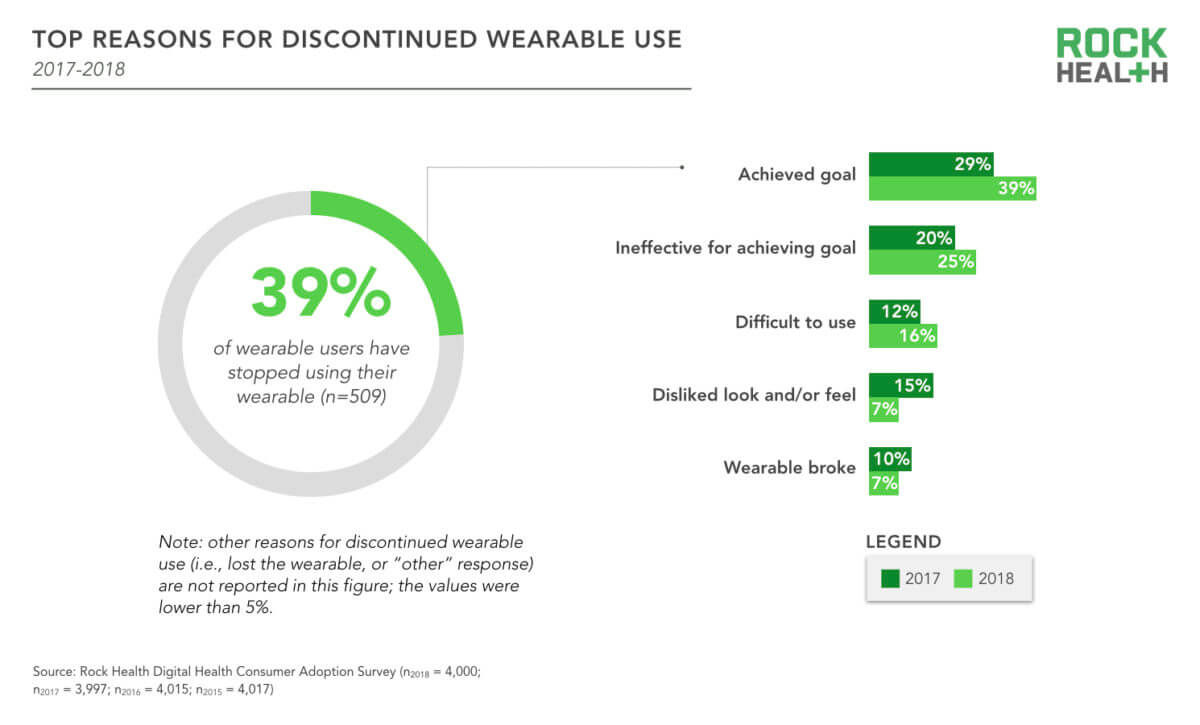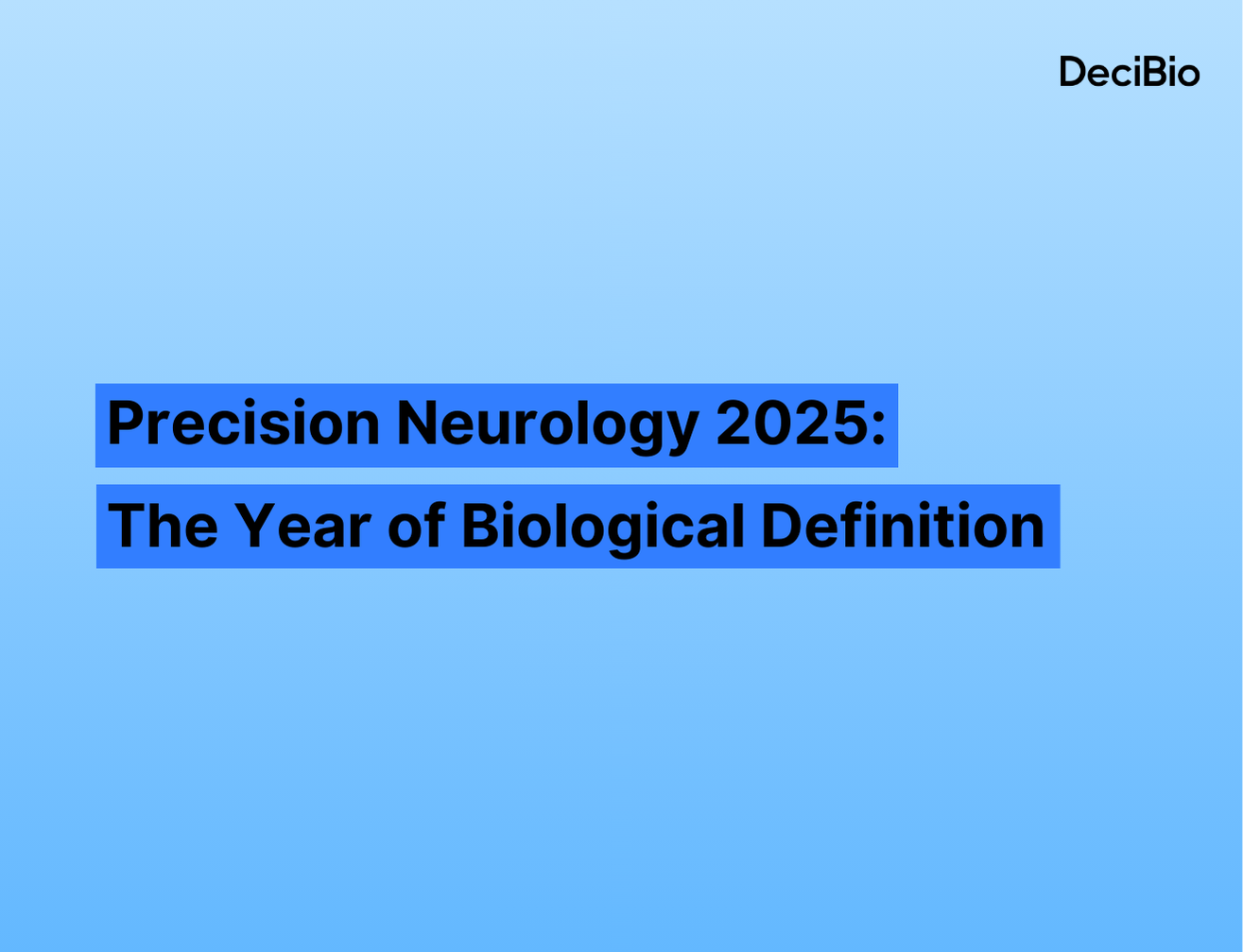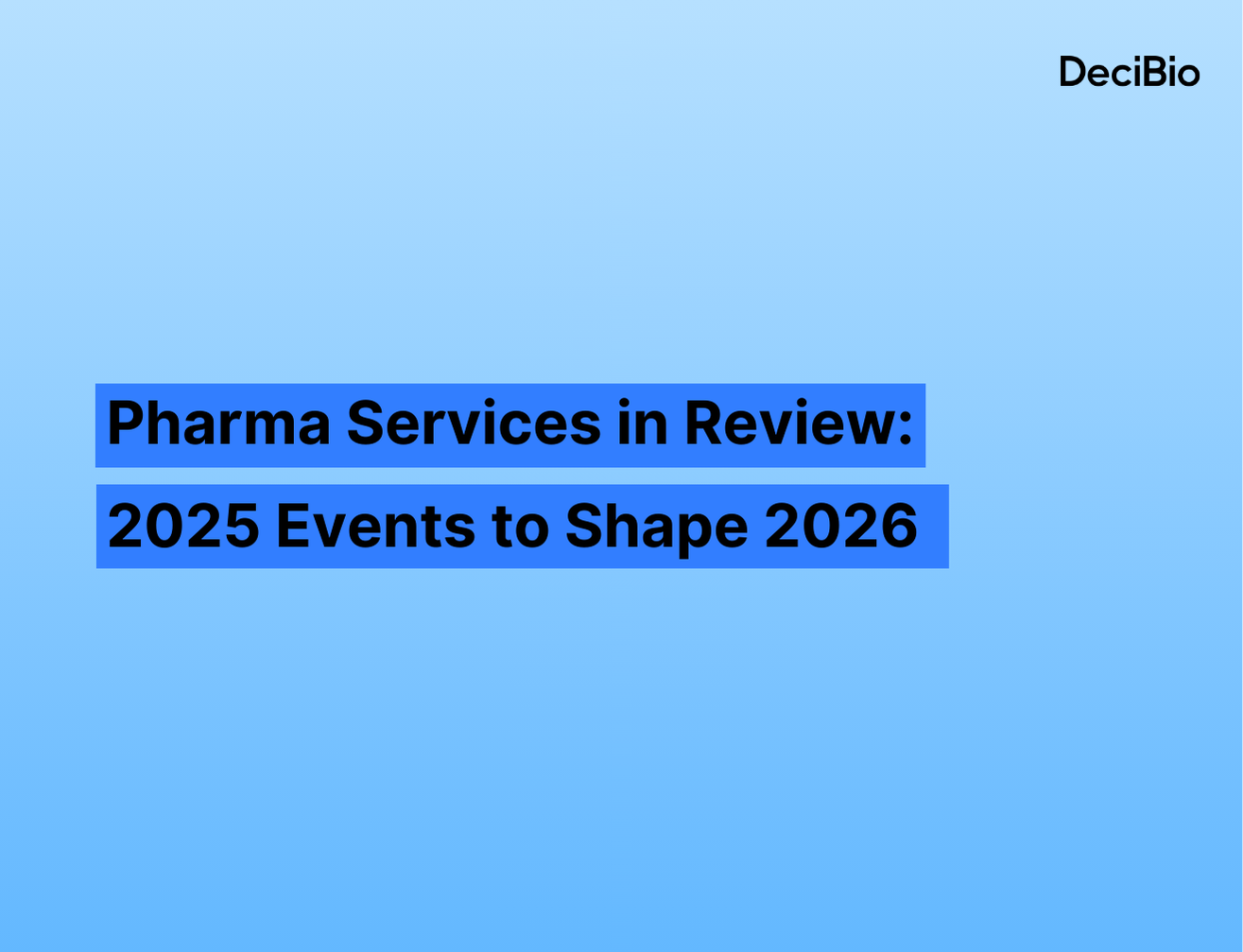Consumer health techs hone clinical value propositions
Criticism of the digital health space has largely centered on the lack of clinical utility and validity as a result of technologies built for general consumers, not specifically for patients or providers. While there is no shortage of new devices and apps that fall victim to this criticism, several trends from CES’ showcase of digital health technologies give us hope that the line between “consumer” and “patient” is blurring, and that skeptics would be wise to keep an eye on the consumer tech space. Here we outline 3 key takeaways from the newest product launches and what they could mean for clinical care in the coming years:
(1) Wearable smart devices still seem to capture the greatest mindshare and excitement of the broader consumer and tech communities, but continue to evolve in functionality and form factor, potentially eroding remaining barriers to adoption, utilization, and integration into the clinical care paradigmXenoma showed off their e-skin smart pajamas and loungewear, focused on senior health monitoring (e.g., activity, sleep) and fall detection. This comes as an addition to their existing line of ECG shirts.Myant unveiled its line of Skiin cardiac health apparel, equipped with ECG and cuffless blood pressure reading, and stress, activity, sleep, and temperature monitoring. Planned launches for the year include smart underwear, bras, undershirts, polos, and baby onesies.Glutrac demoed its novel non-invasive, AI-powered continuous glucose monitoring (CGM) watch, a notable deviation from smart device-linked lancets (e.g., One Drop, DarioHealth, MySugr) and less invasive under-skin filament CGMs (e.g., Abbott FreeStyle Libre, Dexcom G6) that is likely to drive the next wave of innovation in diabetes management. In keeping with this trend of minimizing invasiveness, Livongo announced plans earlier this week to ditch its lancing device and integrate its platform with Dexcom’s G6 CGMSamsung introduced HeartWise, its virtual cardiac rehabilitation program developed in collaboration with Kaiser Permanente. While not indicated for chronic or acute heart disease treatment, HeartWise aims to differentiate itself from the droves of general health and wellness wearables by integrating medication reminders, symptom reporting, and provider data sharing to drive greater clinical utilityValencell demoed an in-ear blood pressure reader with claimed accuracy comparable to automated cuffs. Given the company’s history of collaborating with earbud makers like Bose and Jabra, a blood pressure-reading earbud likely seems to be the goal hereReliefband showcased its new FDA-cleared neuromodulation wristband to treat nausea and vomiting associated with chemotherapy, post-operative recovery, and physician-diagnosed migraines and anxiety. While limited in other functionalities, Reliefband deviates from the monitoring space to join the relatively nascent group of wearables in therapeuticsWhy it matters — Smart wearables continue to take new functions and forms that may provide better access to consumers who have not bought into the watch- and band-dominated biometrics space, or who have discontinued use due to ineffectiveness, difficulty of use, or dislike of look / feel (collectively up to ~50% of discontinued users, according to Rock Health’s 2018 Digital Health Consumer Adoption Survey). Additionally, by narrowing the product focus to tangible and chronic clinical needs (e.g., at-home senior and cardiac monitoring) rather than general activity tracking, these companies aim to provide real clinical value and increase chances of user retention.

Source: Rock Health 2018 Digital Health Consumer Adoption Survey
(2) A growing number of remote care technologies is furthering the decentralization of primary and senior care, which to-date has been led by reimagined care delivery (e.g., Teladoc, Heal) more than devicesEssence unveiled its new SmartCare Care@Home wireless radar-based fall detection capabilities, adding to its voice tech-based emergency alert system and the 20+ supported peripheral devices that can be integrated to monitor seniors in homecareCarePredict earned a CES Innovation Awards honorable mention for its Tempo 3 smart watch for seniors that integrates indoor location tracking and activities of daily life (ADL) monitoring with the CarePredict @Home AI-based analytics engine to rapidly detect, predict, and report abnormal in-home events to a senior’s care teamAARP Innovation Labs’ Alcove VR platform address senior social isolation and associated health deterioration by enabling shared virtual experiences. As an example, AARP describes four senior living home residents virtually visiting a Belgian beach together that one remembers from childhood (a scene eerily, and inspiringly, reminiscent of Black Mirror’s San Junipero)Aidar Health (formerly MultiSensor Diagnostics), a Bayer G4A and Novartis Biome honoree, showcased MouthLab, its 60-second breath test that generates a multiparameter cardiac and respiratory base health “biomarker”, intended to be tracked over time and leveraged for early disease detection and disease progression monitoring. The company envisions use cases for its device in clinical trials and remote, physician-linked at-home care, particularly for heart failure and COPD patientsMedWand took home CES’ “Last Gadget Standing” award for its handheld primary care device that combines the functionalities of a stethoscope, EKG, otoscope, ophthalmoscope, dermatoscope, pulse oximeter, heart and respiratory rate reader, and thermometer. The platform offers secure data sharing with doctors and telehealth providers to enable at-home physicals and vitals monitoring

(A) — Aidar Health's non-invasive MouthLab "Rapid Health Assessment" device (Source: Aidar Health); (B) — MedWand's handheld primary care vitals reading device (Source: CES); (C) — Seniors using shared virtual reality experiences to combat social isolation (Source: Rendever, AARP Innovations Lab)Why it matters — These technologies mark a larger trend of companies investing in remote care solutions that add value to the telehealth delivery model through hardware. Hardware, in the form of wearables, intelligent home monitoring systems, and connected vital tracking devices, enables care to meet patients where they are. While many of these technologies still lack the accessibility, clinical validity, and regulatory clearance necessary to facilitate routine home use by the average patient, opportunity exists in the interim to equip other nontraditional, remote care facilities (e.g., pharmacies, retail clinics). We envision a future in which telehealth platforms, remote care devices, consumer devices (e.g., smartphone, smart watches, Alexa / Google Home), and AI-based diagnostics (e.g., symptom checking à la Babylon Health, critical event prediction à la Propeller Health) create an integrated ecosystem that makes remote and at-home primary care delivery a reality.(3) New computer sensing (i.e., computer vision / hearing) applications continue to emerge, but largely remain focused on consumer-grade “therapeutics” (e.g., assisting or augmenting capabilities of vision- and hearing-impaired patients), with limited activity in clinical-grade digital diagnosticsIrisVision teamed up with Samsung to build a software platform to support their low-vision headset assisting vision-impaired patients. The integrated platform will presumably help power analytics, device feedback and real-time user experience modification, and data sharing with providersOrCam showcased OrCam Hear, its wearable device that uses computer vision and AI to analyze vocal and nonverbal cues from video to help hearing-impaired patients identify and isolate a speaker within a crowd. This comes as an addition to OrCam’s portfolio of solutions enabling reading and face and object identification for vision-impaired patientsSingular Hearing launched HeardThat, its mobile application that “denoises” the background of public environments to deliver directed speech to Bluetooth-enabled hearing aidsWhy it matters — Digital pathology, radiology, and medical imaging represent the cornerstone use cases of computer vision in diagnostics (for more on this, see our recent blog post). However, we have yet to see these technologies’ precedent extend at-scale to novel screening, early diagnostic, and remote patient monitoring applications – clear next applications for computer sensing. As computer sensing becomes increasingly sophisticated through trial and error in the consumer health and wellbeing arena, we expect to see greater momentum in applications using smartphone cameras, microphones, and dongles to address ophthalmology (e.g., routine eye exams, high-resolution optical imaging) and mental and behavioral health (e.g., predictive speech and microexpression analytics, tremor signature detection).

Source: Dthera SciencesDthera Sciences leverages facial expression analytics to measure Alzheimer's patients' response to their digital reminiscence therapeutic. At HLTH 2019, Babylon Health hinted at plans to incorporate microexpression analysis technology into their teleconsultation platform for diagnostic mental and behavioral health applications. Critics argue that a lack of formal definitions and boundaries in the broad "digital health" arena (e.g., inclusion of consumer health technologies and general health and wellness-focused solutions) stunt the space's growth potential. Despite the robust funding market for digital health techs, this may hold some truth in the near-term as investors, regulators, and payors are tasked with separating the wheat from the chaff. However, the long-term synergies arising from the confluence of interdisciplinary innovation hold promise for disrupting the clinic with technologies that place the "patient-consumer" in control of her own health.







